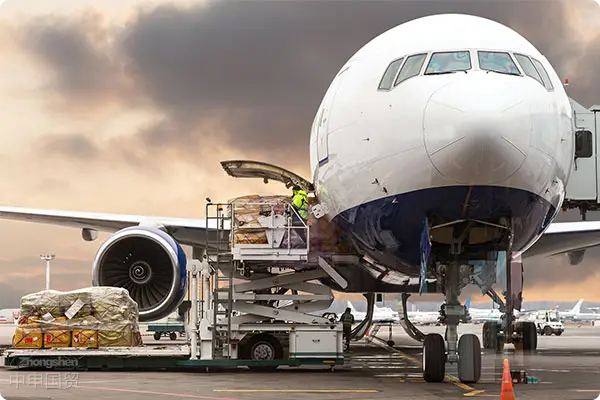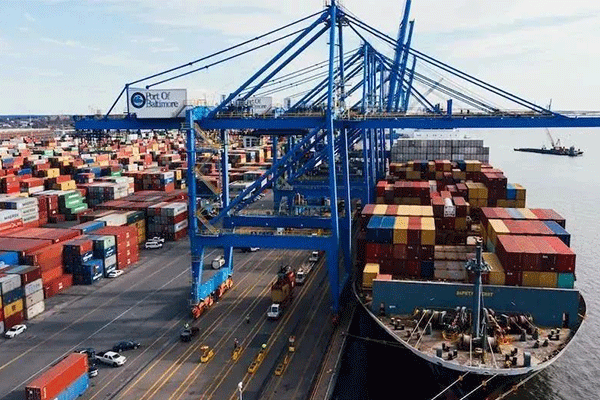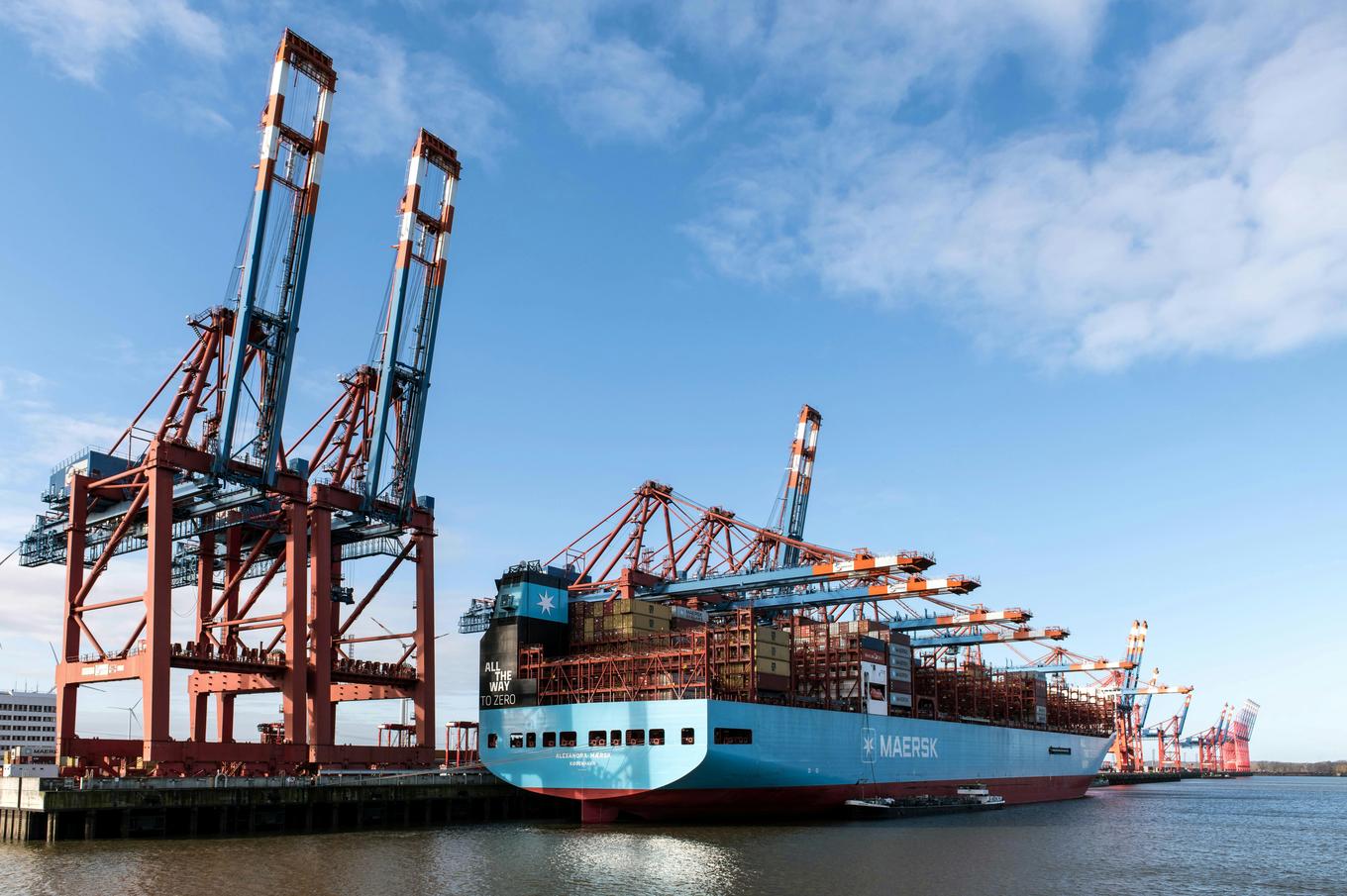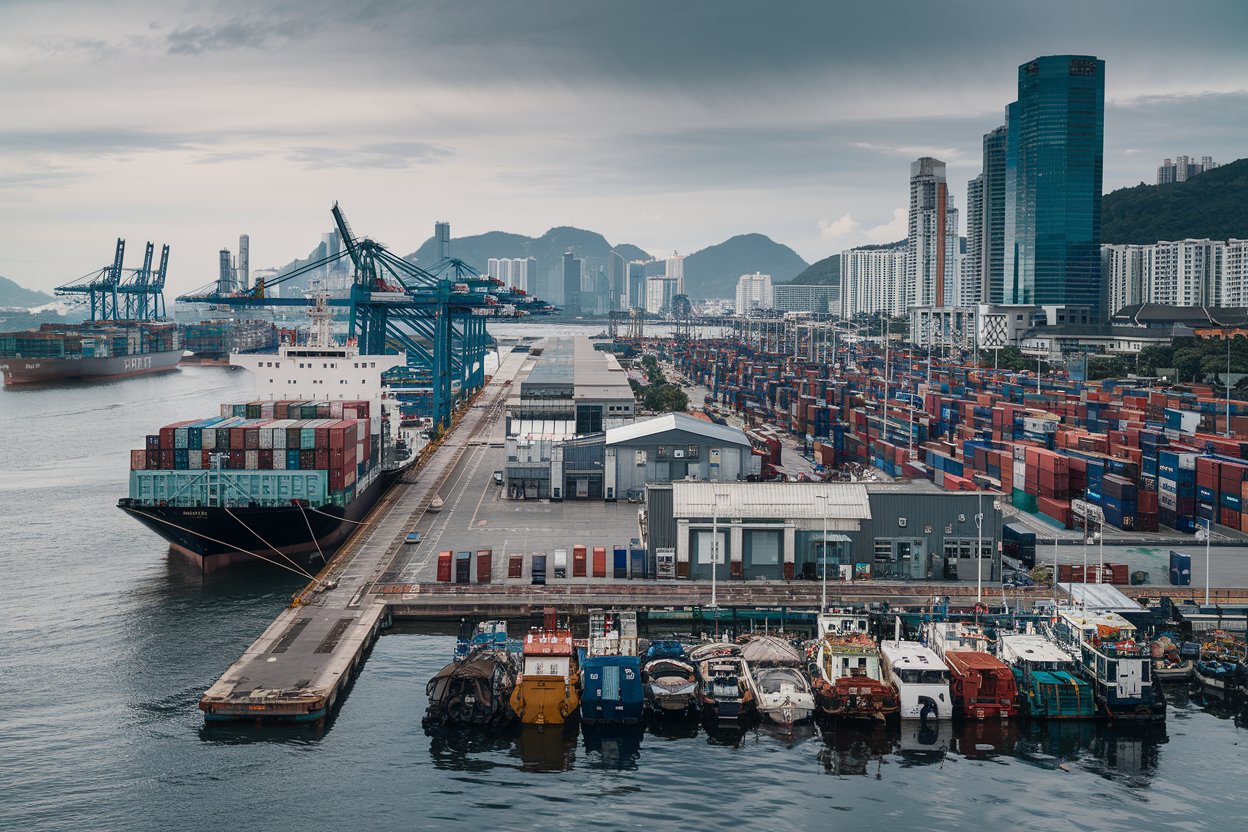- Shanghai Zhongshen International Trade Co., Ltd. - Two decades of trade agency expertise.
- Service Hotline: 139 1787 2118
transportation has become an indispensable part of the logistics chain of multinational enterprises due to its speed and efficiency. Especially for goods that are time - sensitive and of high value, air transportation is the preferred logistics method. However, the cost of air transportation is relatively higher than other transportation methods. How to accurately quote prices to customers and how to reasonably control transportation costs have become issues that many freight forwarding companies and exporters need to carefully consider. This article will deeply explore the criteria for distinguishing heavy goods and light - volume goods in air transportation, as well as how to reduce transportation costs through effective palletizing strategies and other methods.Air TransportationDue to its speed and efficiency, air transportation has become an indispensable part of the logistics chain for multinational enterprises. Particularly for time-sensitive and high-value goods, air freight is the preferred logistics method. However, the cost of air transportation is relatively higher compared to other modes of transport. How to provide accurate quotations to customers and reasonably control transportation costs has become a critical issue that many freight forwarding companies and exporters must carefully consider. This article will delve into the criteria for distinguishing between "heavy cargo" and "volumetric cargo" in air transportation, as well as how to reduce transportation costs through effective palletization strategies and other methods.

Contents
ToggleImpact of Heavy Goods and Light - Volume Goods on Freight
In the air transportation industry, cargo is categorized as "Dead Weight Cargo" or "Volume Cargo" (also known as "Light Weight Cargo") based on the ratio between its weight and volume. The primary criterion for distinguishing these two types of cargo is the comparison between the dimensional weight and the actual weight.
Based on this, when the volumetric weight of the goods is greater than their actual weight, the goods are considered "light cargo," and vice versa, they are considered "heavy cargo."
Palletizing Strategies and Their Impact on Freight
Palletizing strategy refers to the optimization operation when loading goods onto air transportation pallets (or containers), including reasonable stacking and fixing of goods to maximize the use of the cargo hold space while ensuring the safe transportation of goods.
How Enterprises Reduce Air Transportation Costs
Effective use of space:
Follow the principle of heavy at the bottom, light at the top, and large items not pressing small items to provide stable support and reduce space waste.Adhere to the principle of "heavy at the bottom, light at the top, and large items not pressing small ones" to provide stable support and minimize space waste.
Reasonably combine goods with large volume but light weight with goods with heavy weight and small volume to make full use of the effective load - carrying capacity of the aircraft.Control of pallet load balance:
Ensure the stability of the aircraft after loading and avoid flight safety problems caused by uneven distribution of goods.Ensure the stability of the aircraft after loading and avoid flight safety problems caused by uneven cargo distribution.
4. Follow industry regulations:Operate in accordance with the safety and operational standards of the International Air Transport Association (IATA) to ensure that the goods are firmly fixed.
In the air transportation industry, goods are classified into heavy goods (Dead Weight Cargo) and light - volume goods (Volume Cargo or Light Weight Cargo) according to the ratio of their weight and volume. The main basis for distinguishing these two types of goods is the comparison between the dimensional weight of the goods and the actual weight.
1. Optimize packaging:Reduce unnecessary packaging space to avoid additional costs caused by excessive volumetric weight.
2. Choose direct flights:Direct flights can reduce transfer costs and potential risks, and shorten the transportation time.
3. Charter flight service:For large quantities of goods, consider charter flight services. Although the initial investment is high, the total cost is controllable.
4. Book shipping space in advance:Book shipping space for goods in advance to obtain better berths and prices.
5. Pay attention to market dynamics:Seize the opportunity of off - peak seasons or special promotions of airlines to book shipping space and obtain preferential prices.
Through the implementation of the above strategies,foreign tradeenterprises can not only effectively distinguish between heavy goods and light - volume goods, but also significantly reduce the total cost of air transportation, improve logistics efficiency and safety through reasonable palletizing operations and cost - control strategies.
Related Recommendations
? 2025. All Rights Reserved. Shanghai ICP No. 2023007705-2  PSB Record: Shanghai No.31011502009912
PSB Record: Shanghai No.31011502009912










